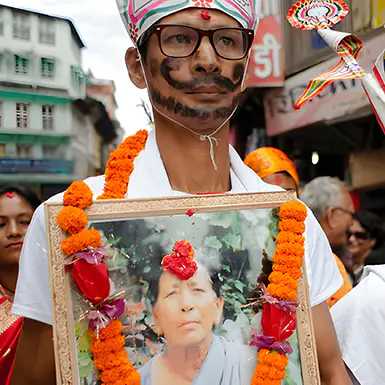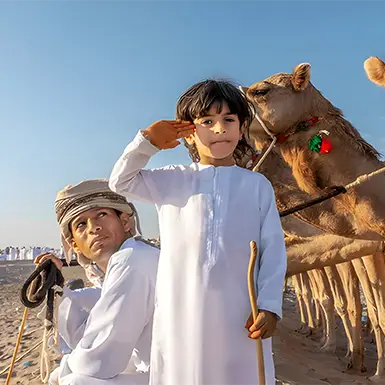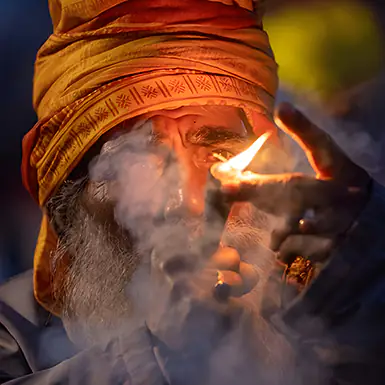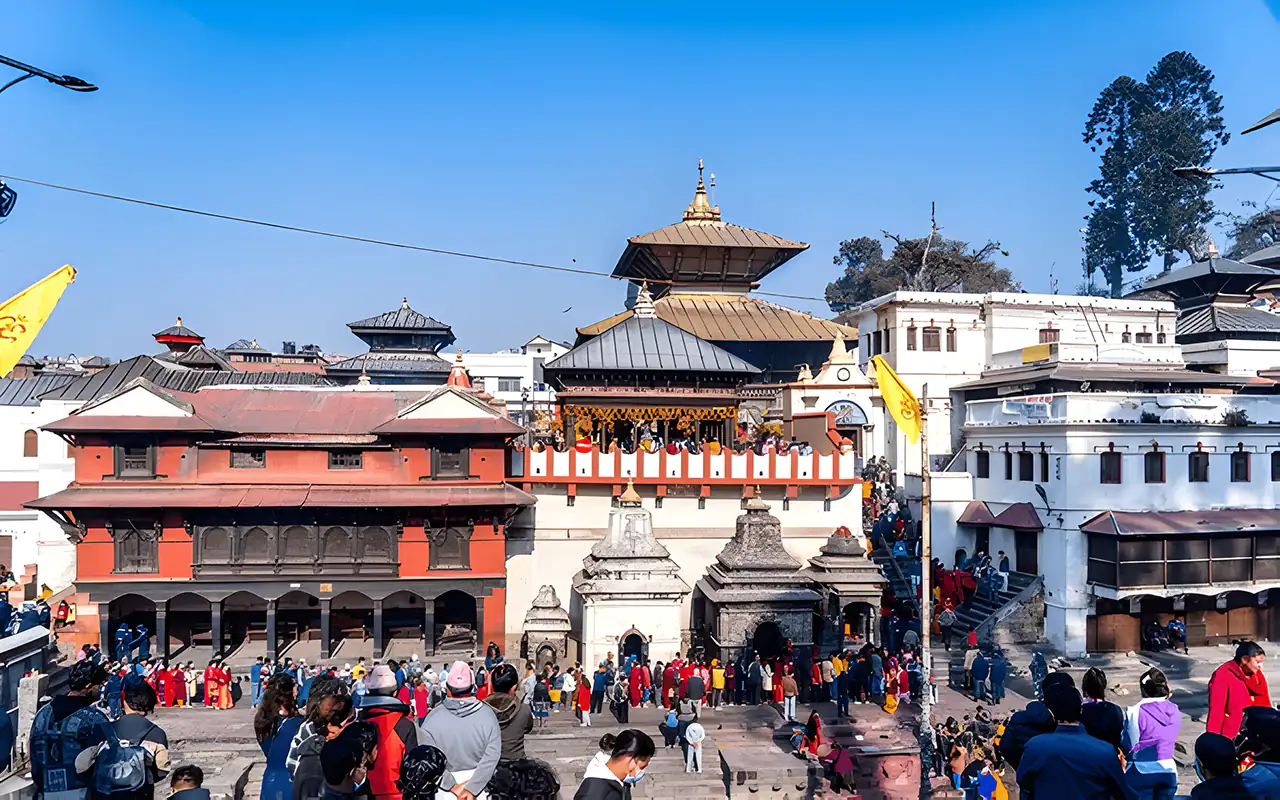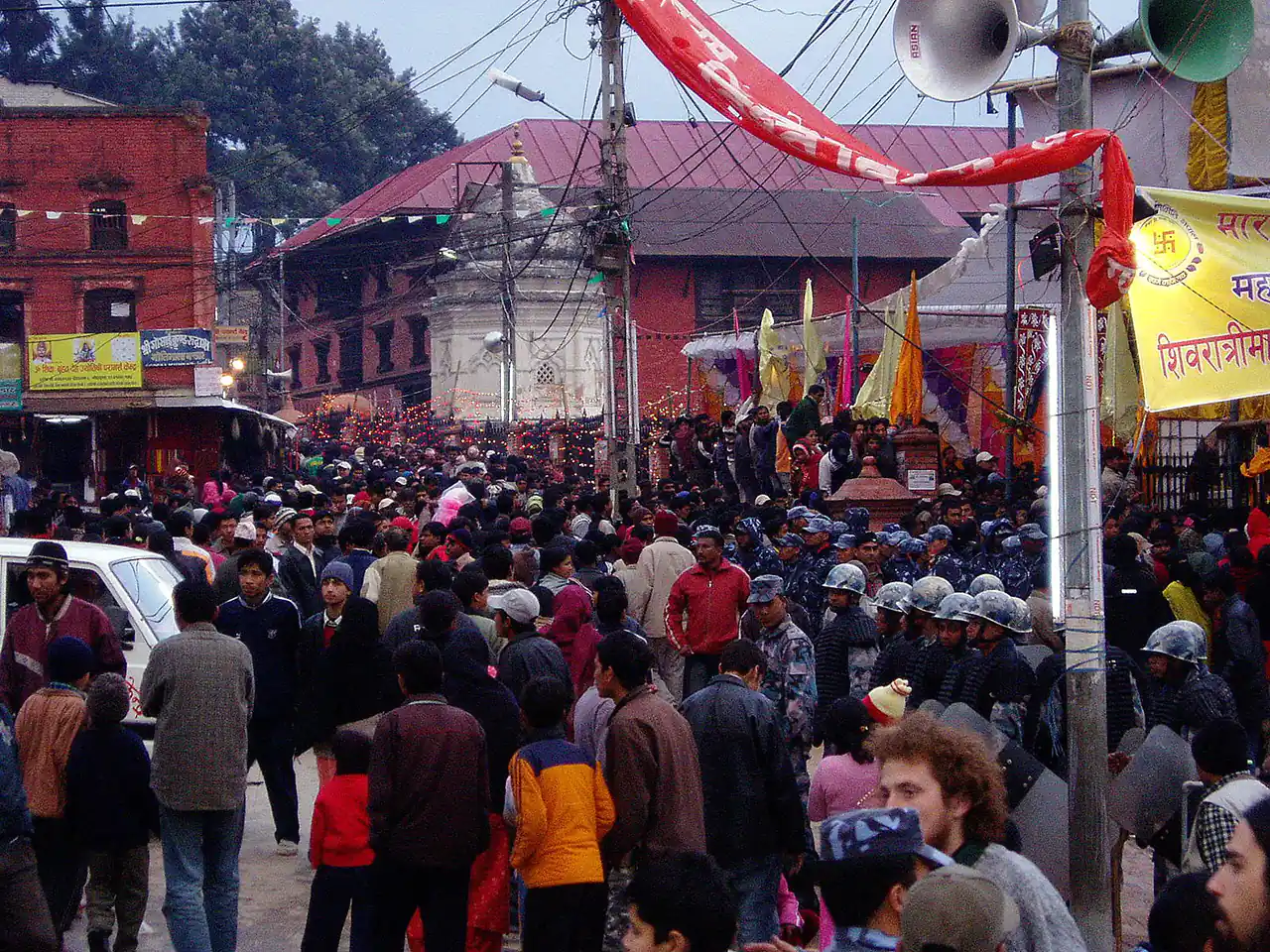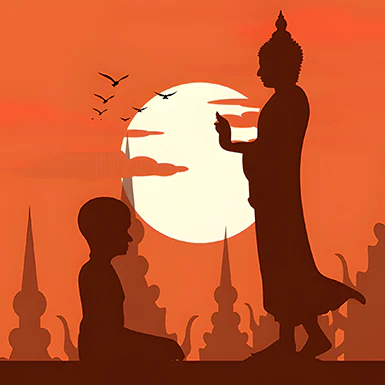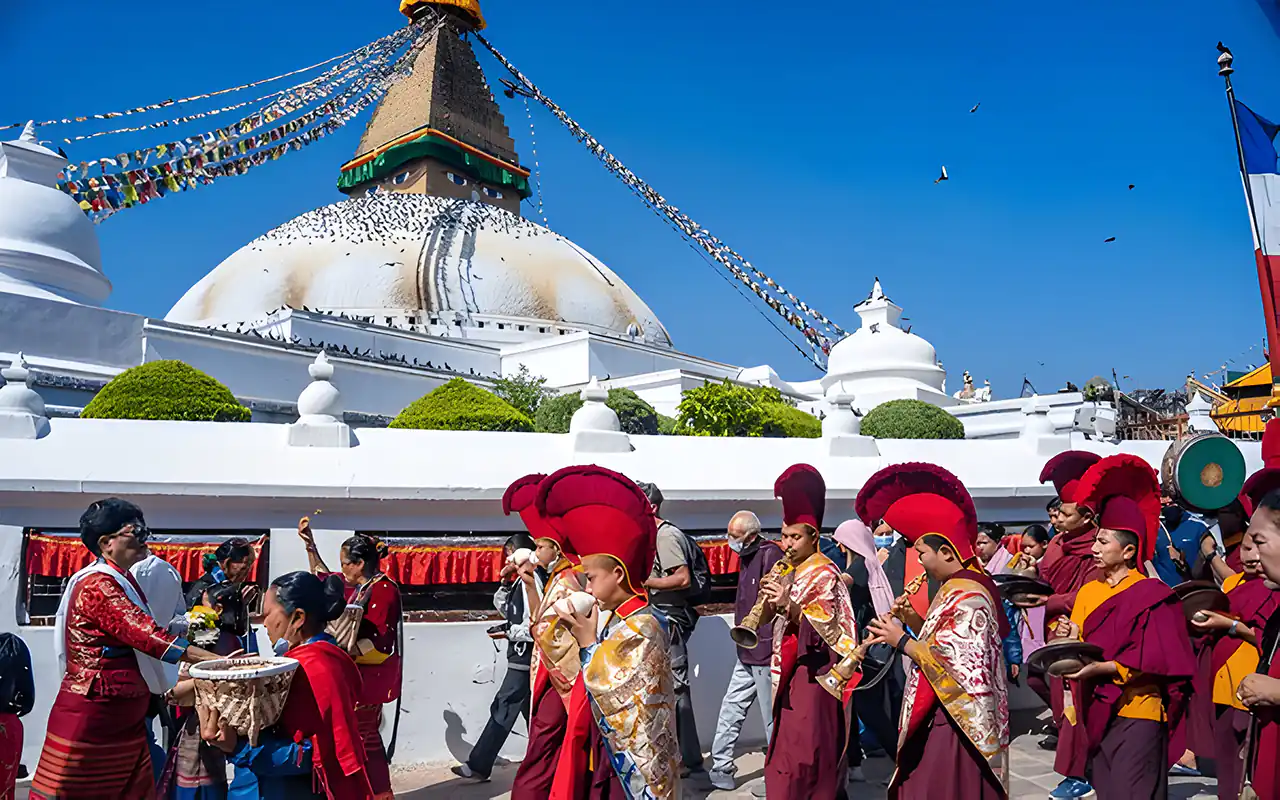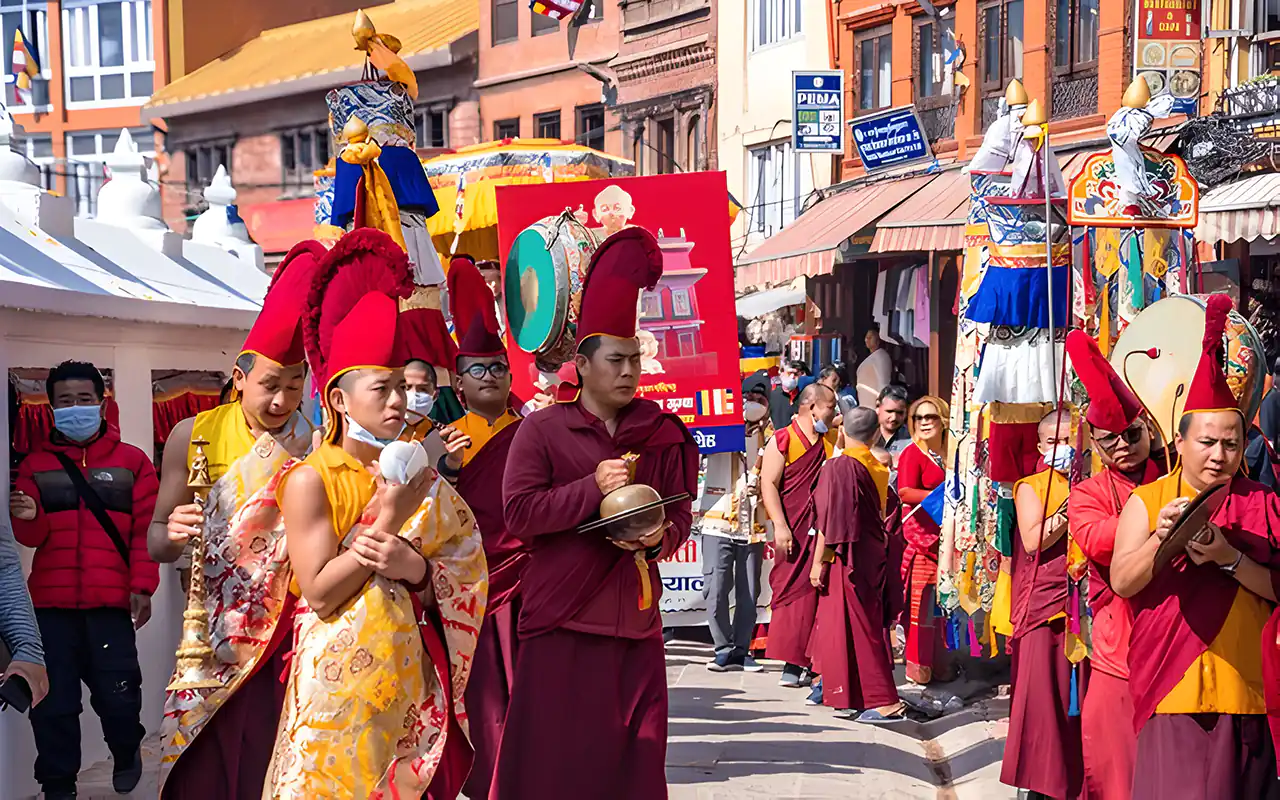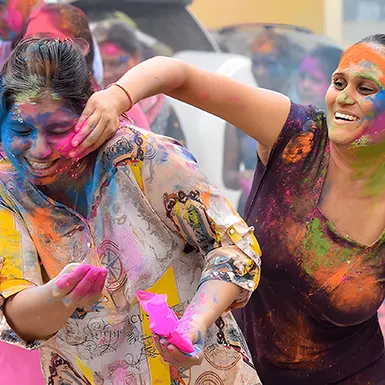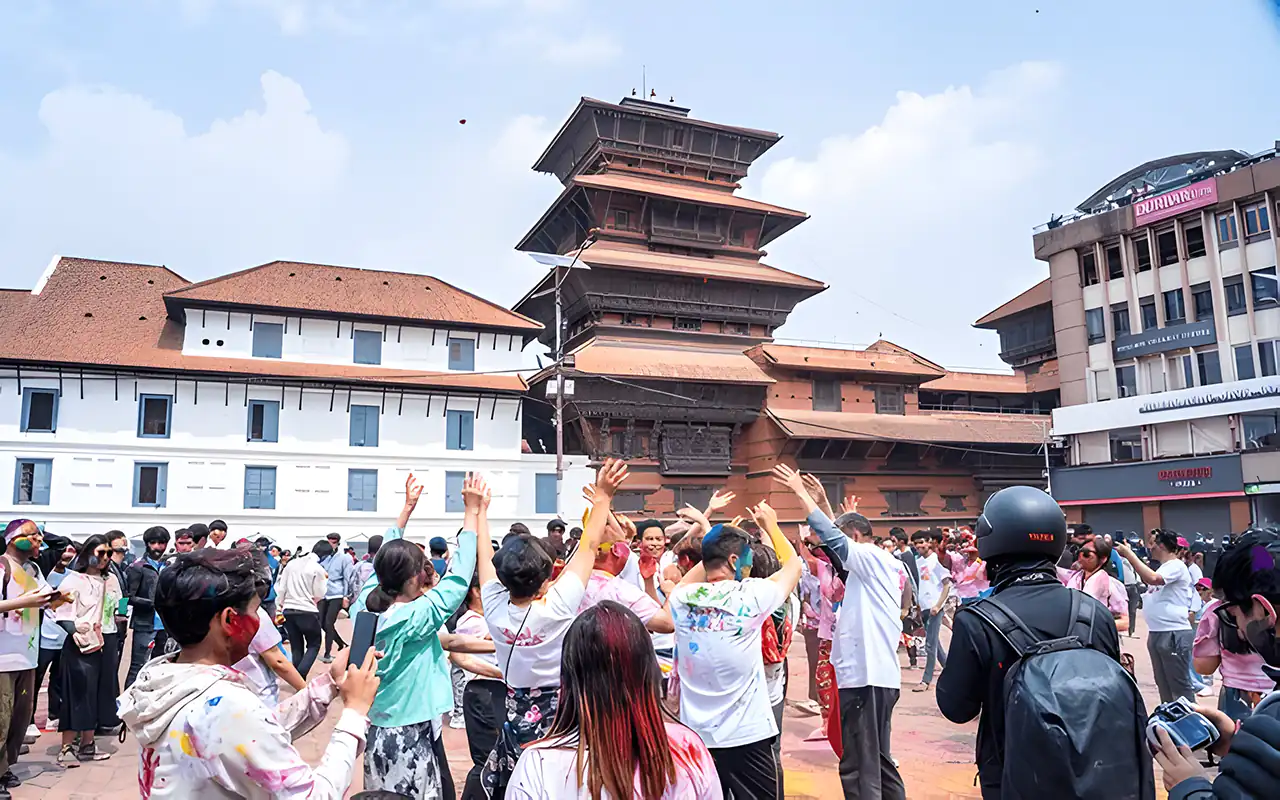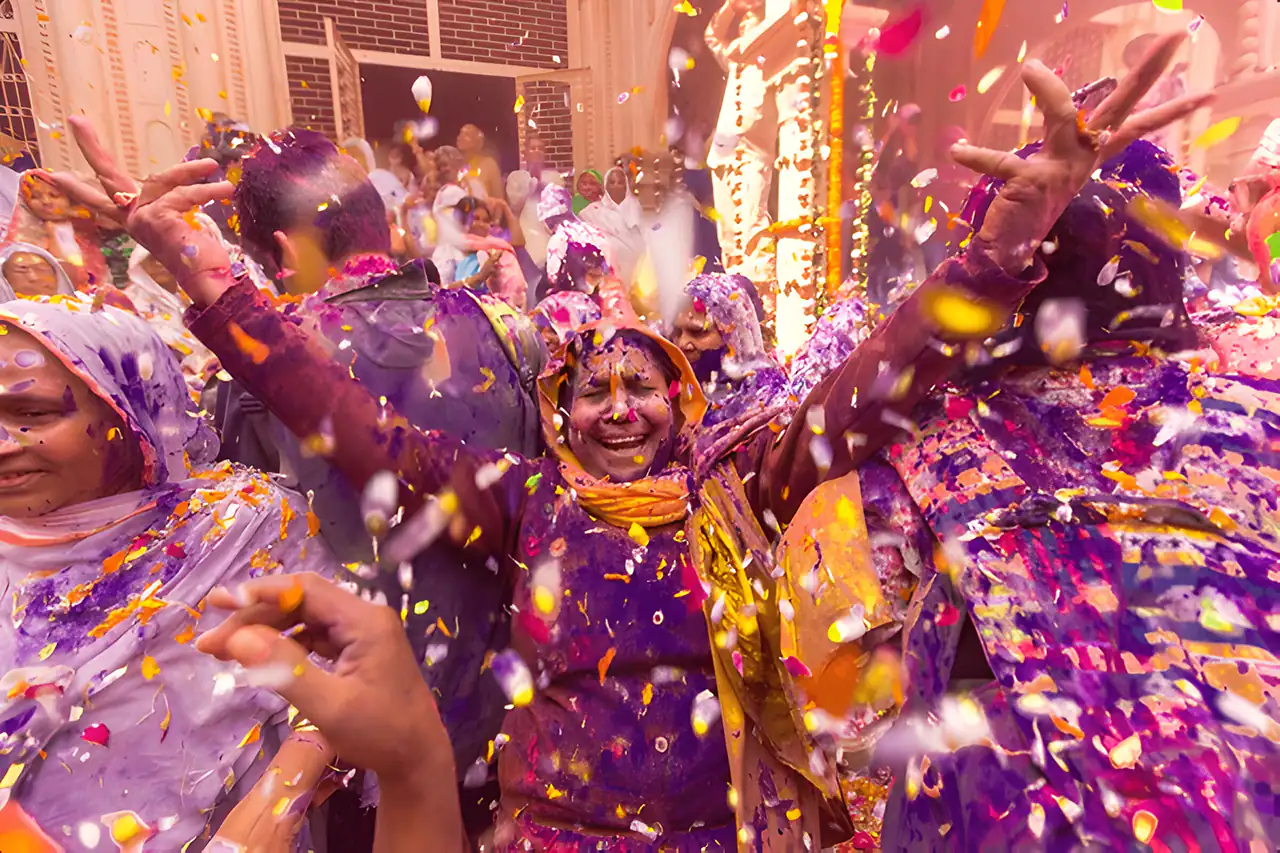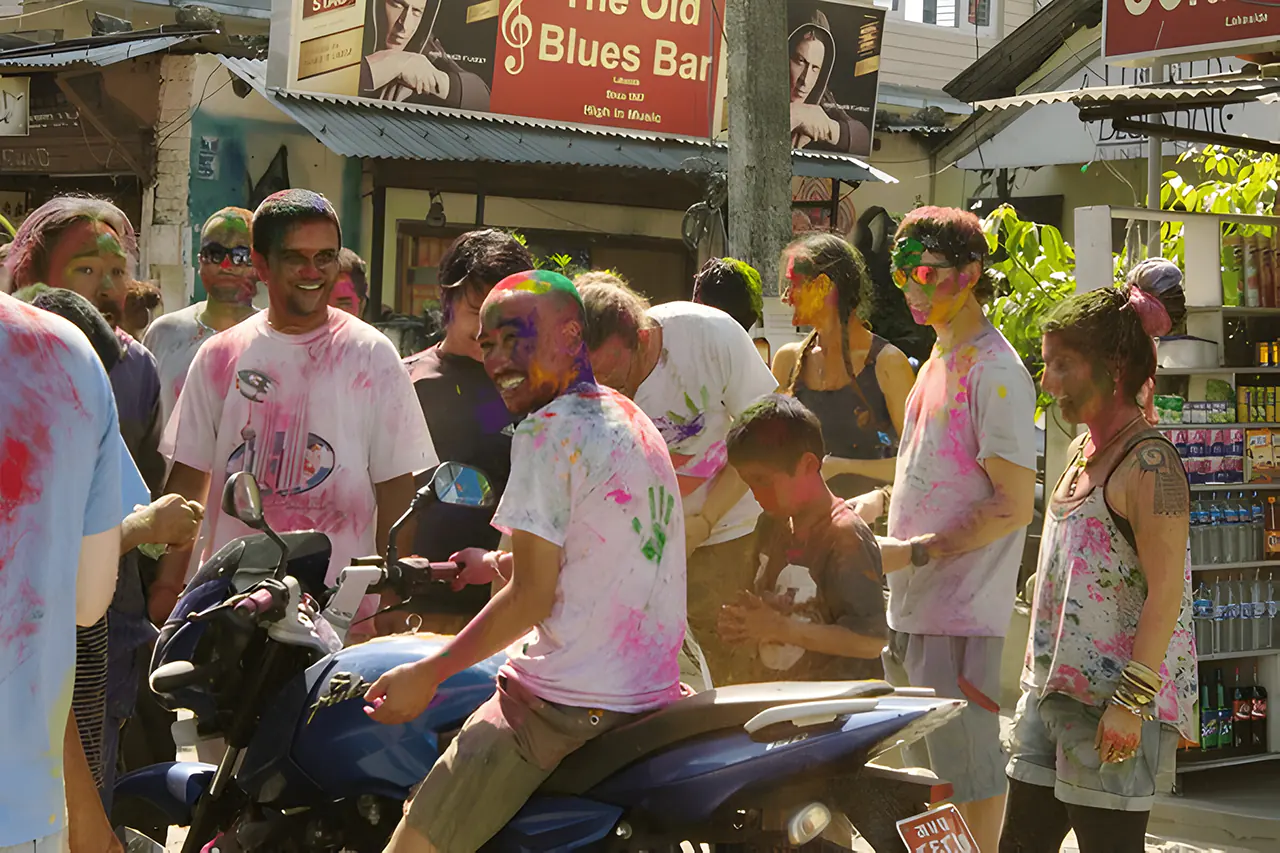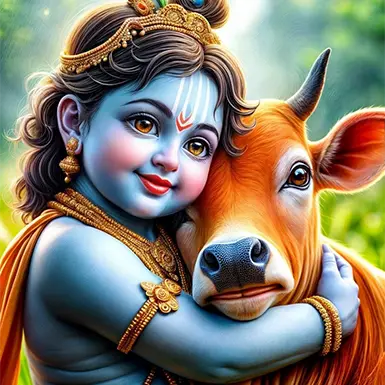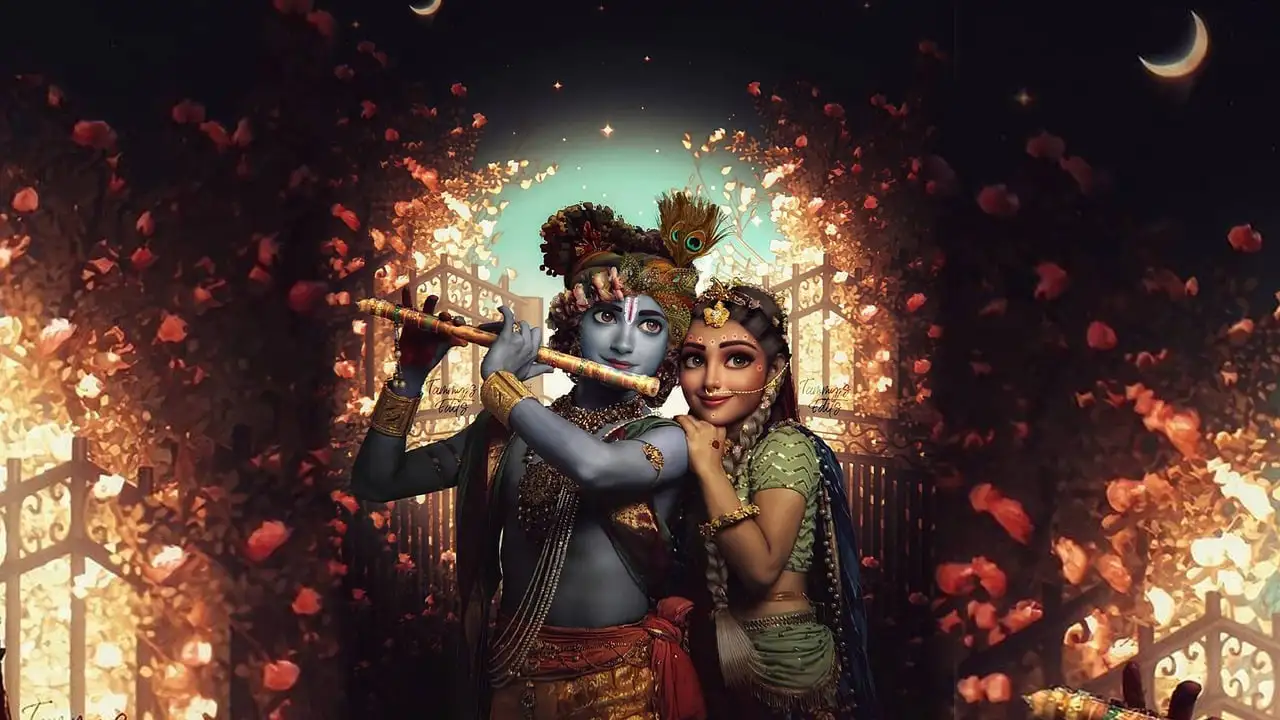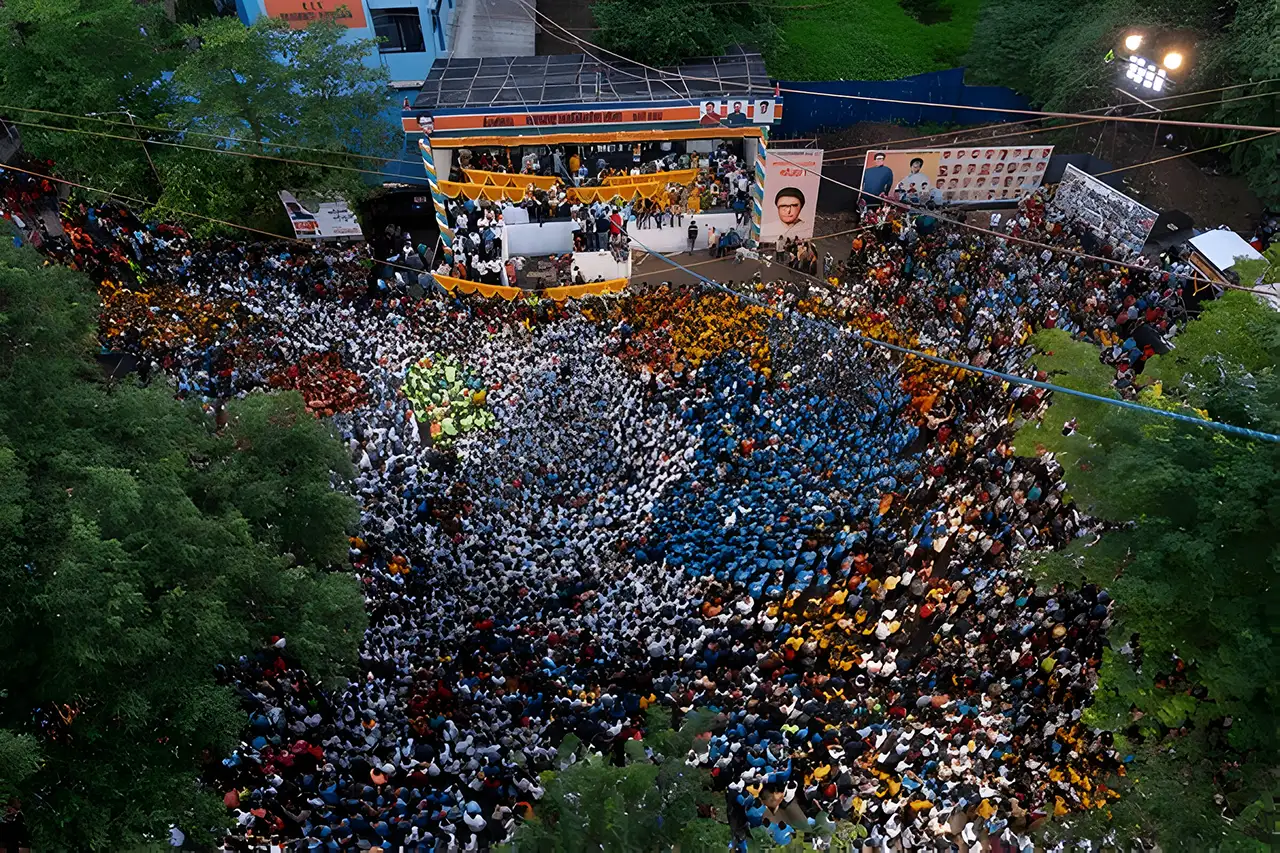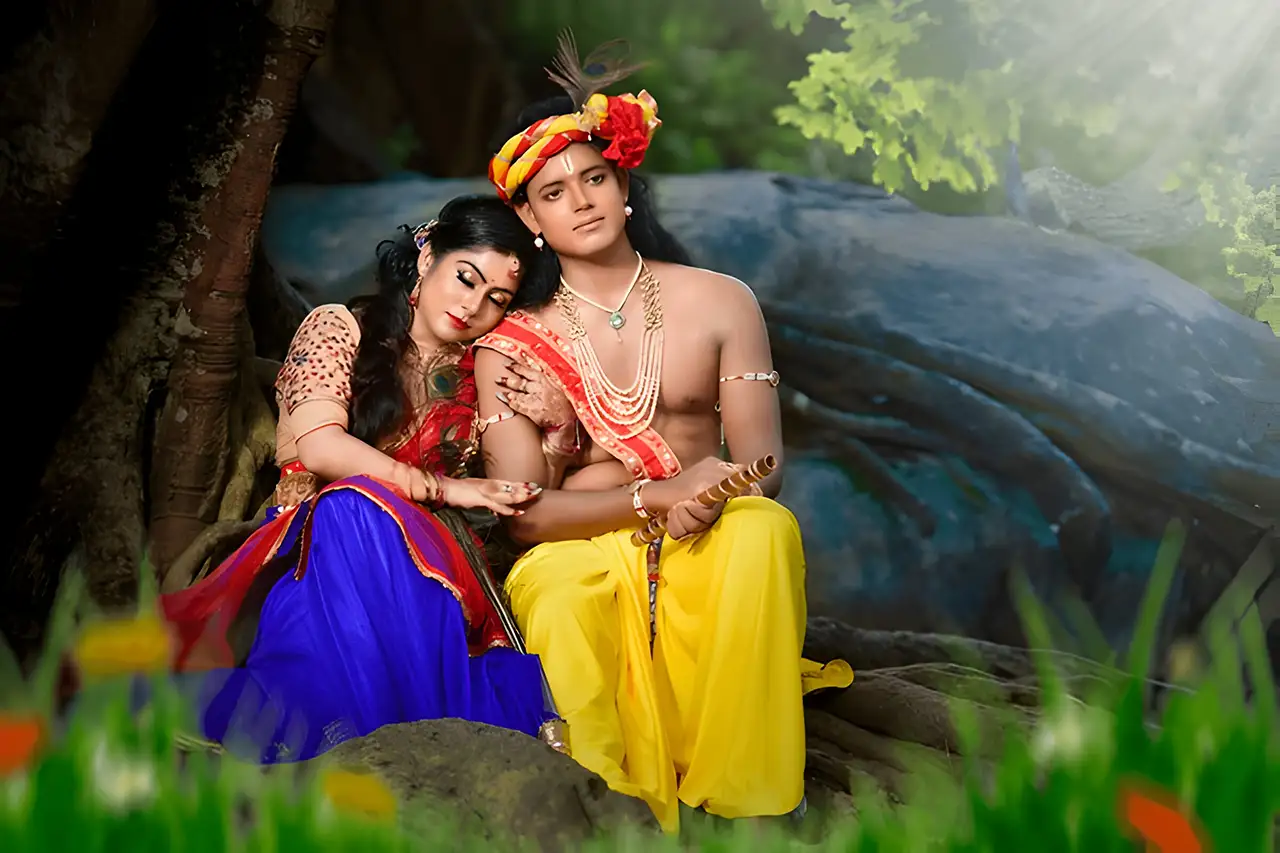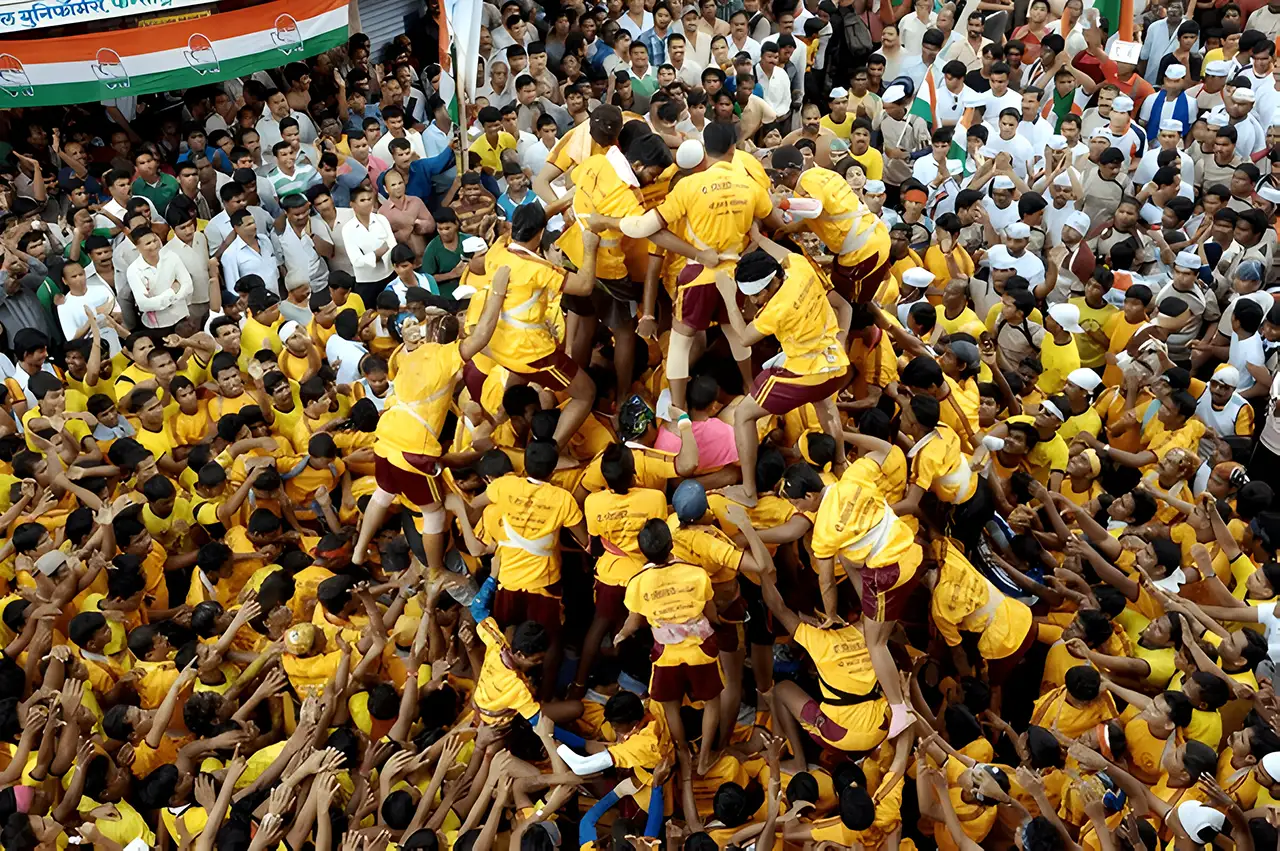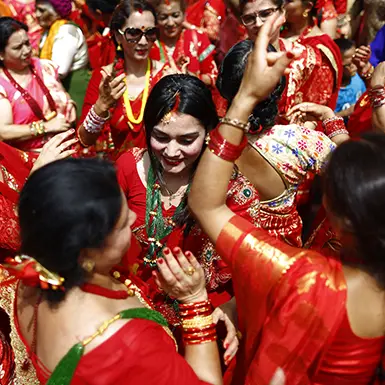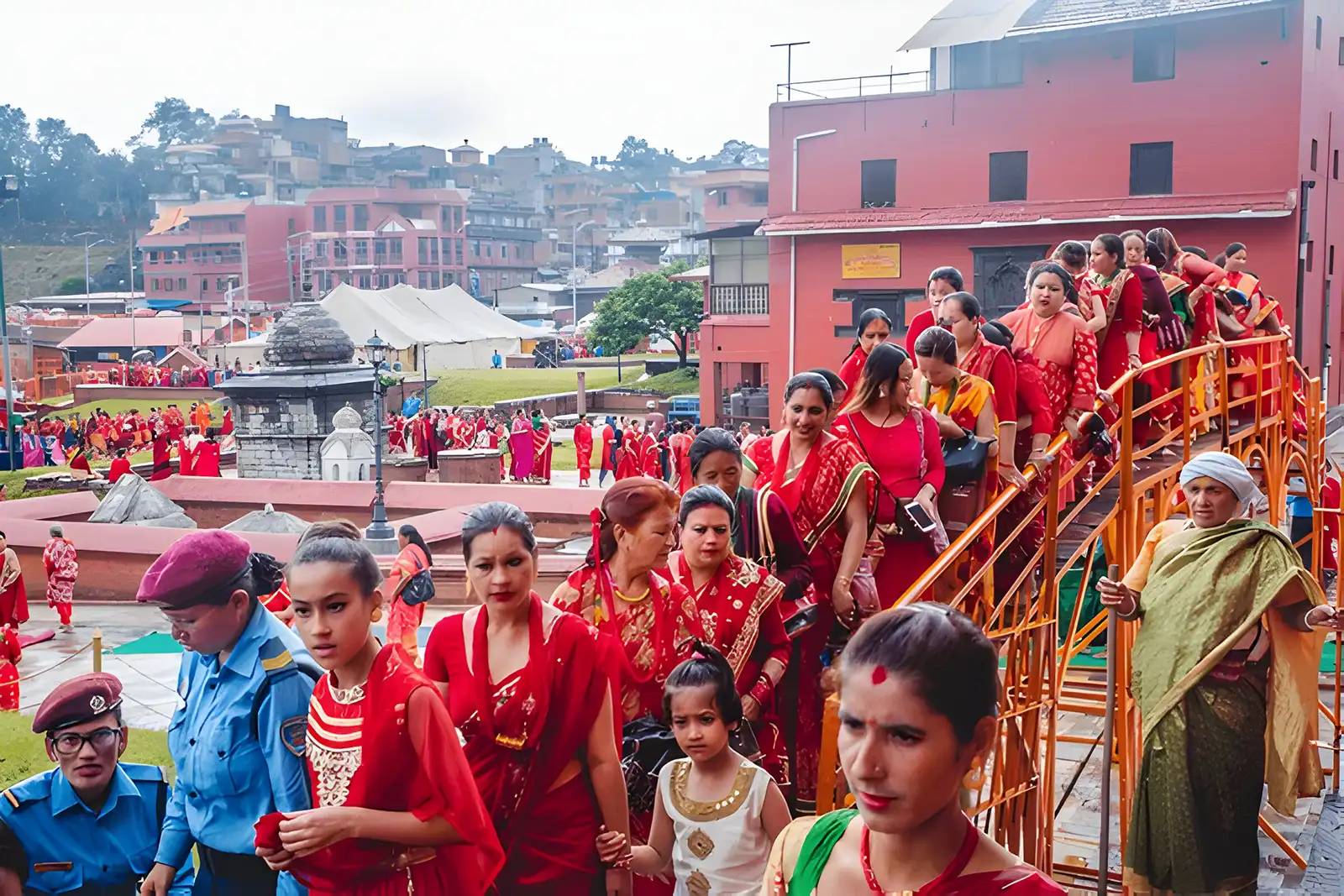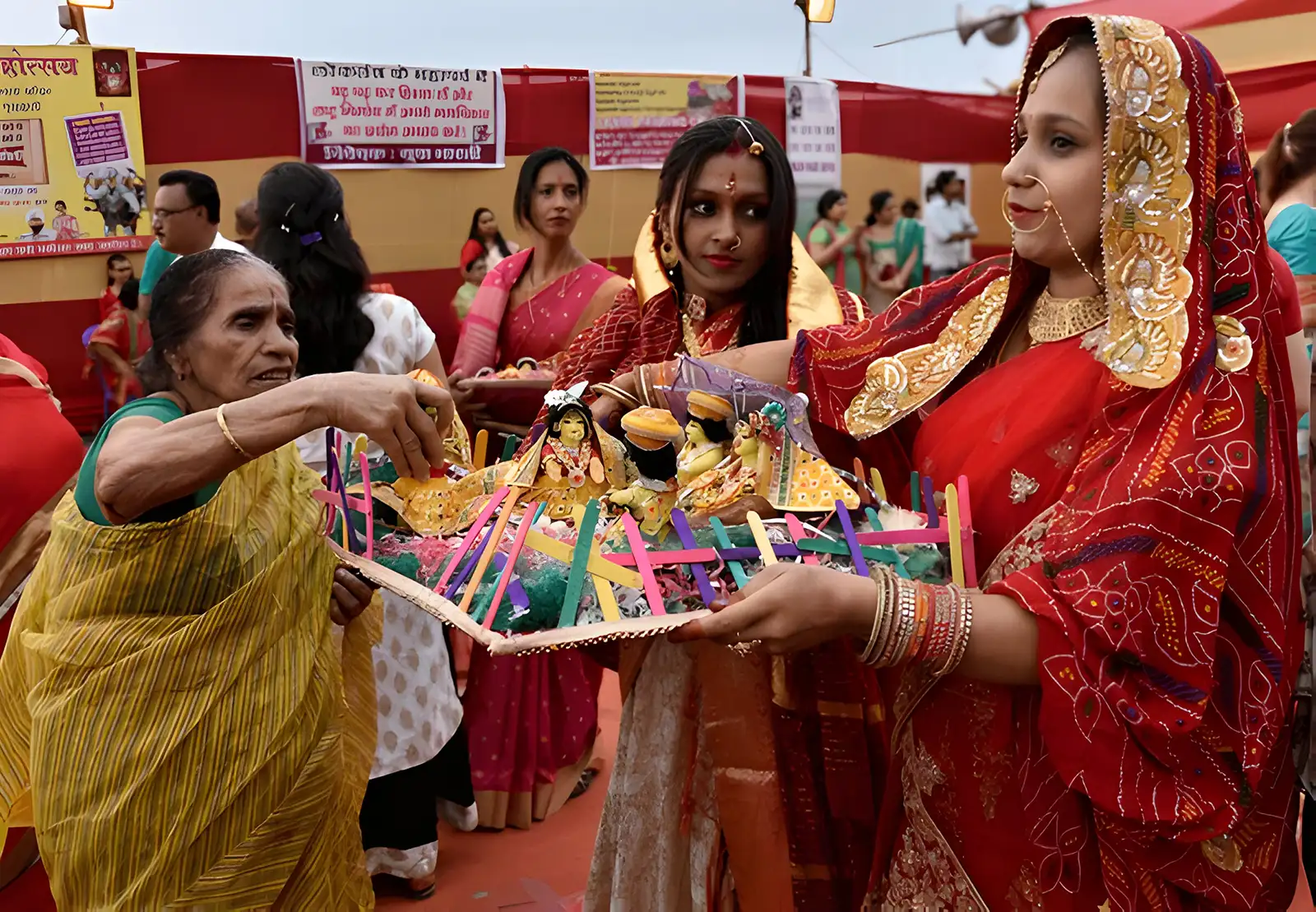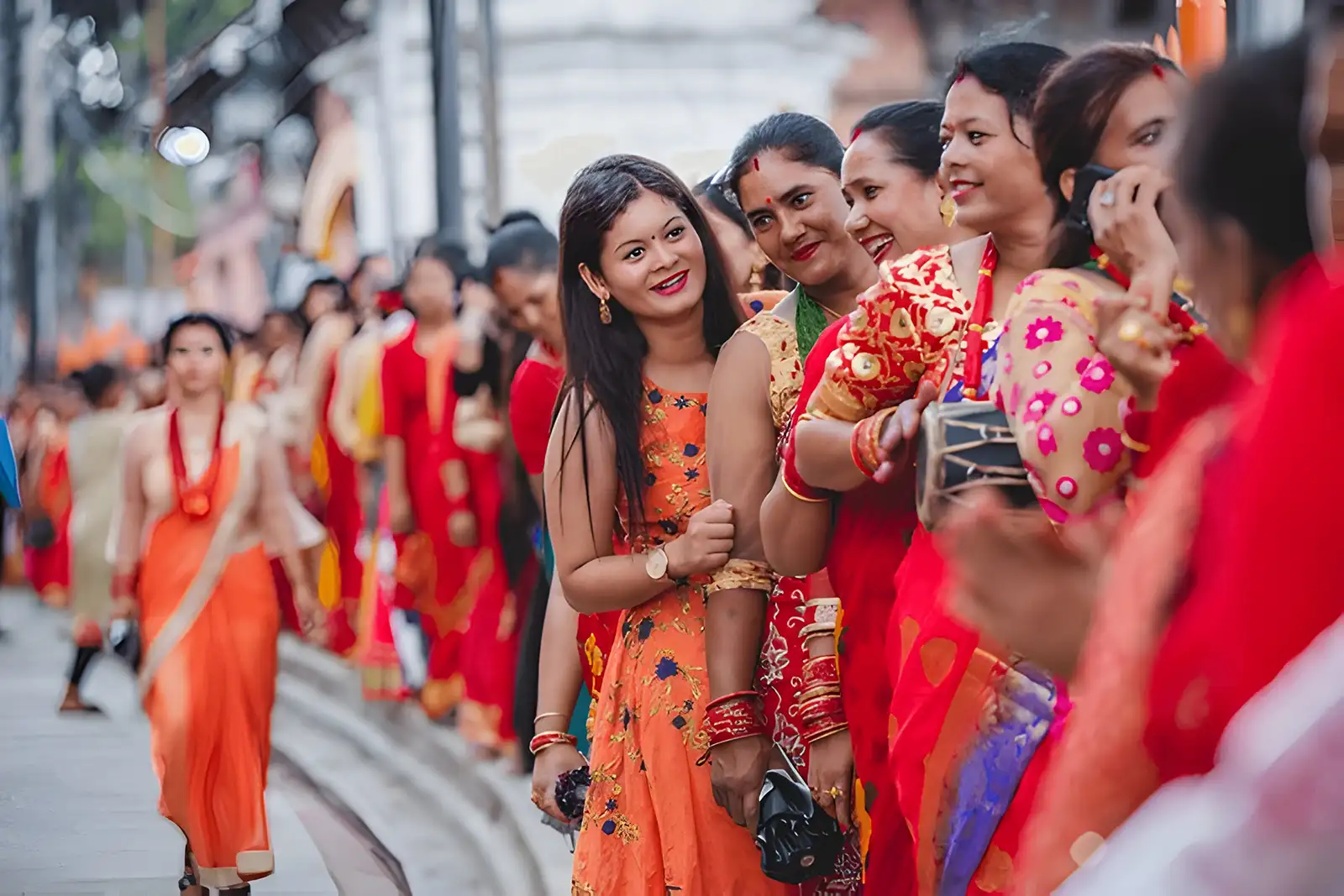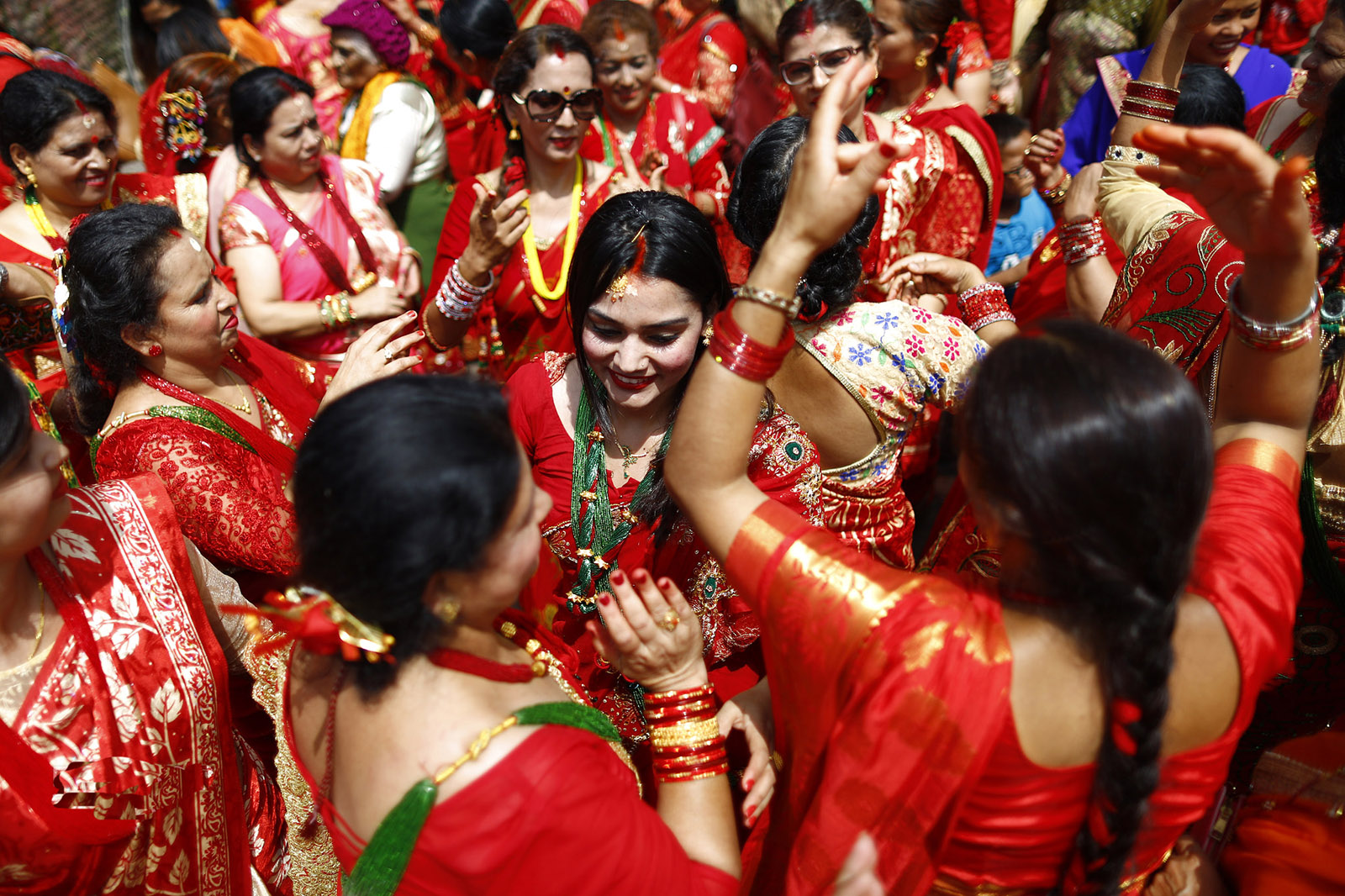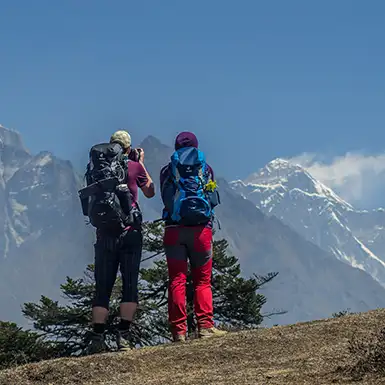Gai Jatra, often called the “Festival of Cows,” is a vibrant and poignant festival observed predominantly in the Kathmandu Valley of Nepal, particularly by the Newar community. According to the lunar Nepal Sambat calendar, the Gai Jatra Festival takes place annually on the first day of the dark fortnight in the month of Bhadra (usually August/September).
This festival holds deep cultural and spiritual meaning, primarily commemorating deceased loved ones who passed away in the preceding year. The cow, revered in Hinduism, is believed to guide departed souls to the afterlife. During the festival, families who have suffered a loss lead processions through the streets, often accompanied by a cow or a young boy dressed as one. The procession is a vibrant display of music, dance, and colorful decorations.
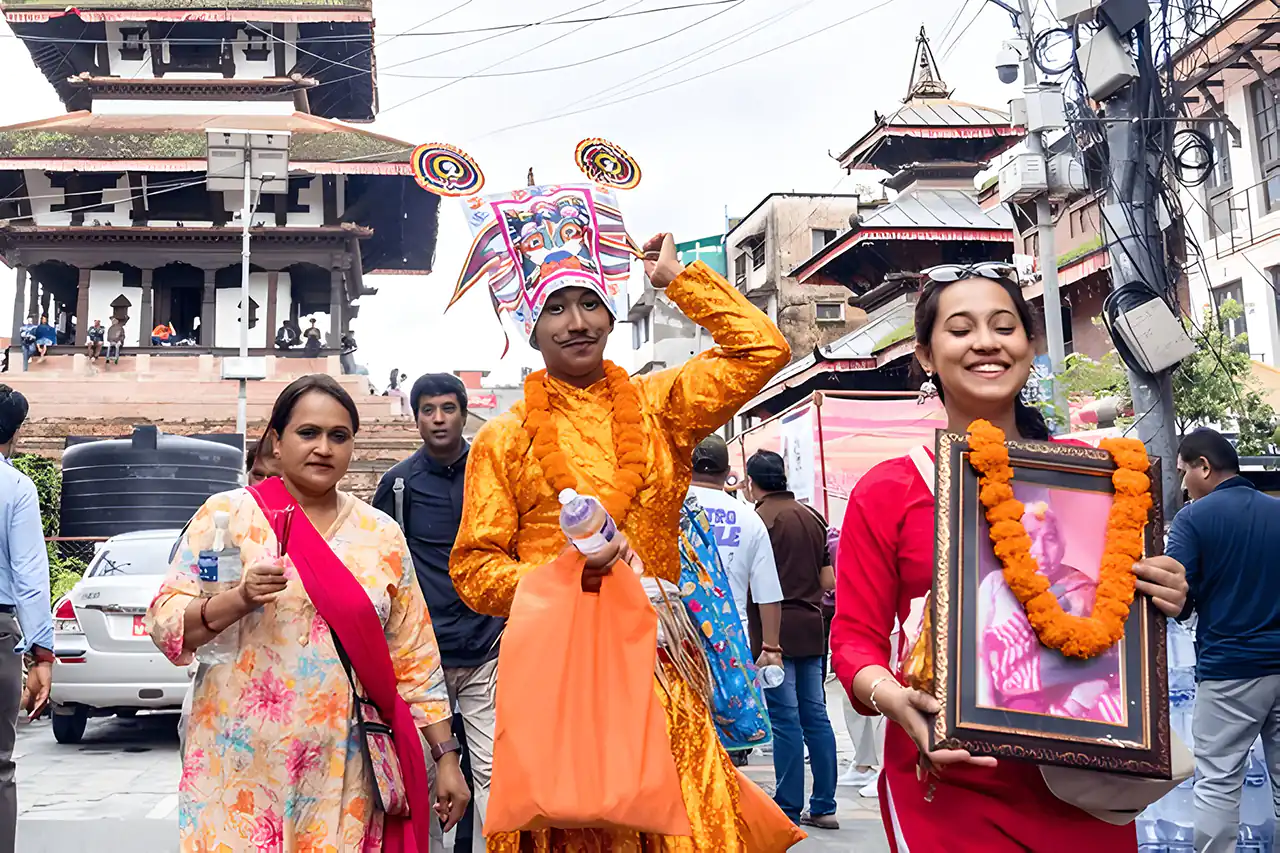
Gai Jatra: A Festival Born from Compassion and Remembrance
The Gai Jatra Festival has rich roots in a touching story from Nepal’s past. Historians believe that King Pratap Malla started this festival in the 17th century. The king’s young son died an untimely death, leaving his wife in inconsolable sorrow.
King Pratap Malla saw his wife’s profound sadness and wanted to lessen her suffering. He realized what his wife was going through was not uncommon because many families in his kingdom went through similar things. Therefore, he devised an interesting way of addressing this shared grief, leading to what we now call Gai Jatra.
Delving Deeper into the Origins:
- A King’s Compassion: King Pratap Malla, deeply moved by his queen’s sorrow, wanted to find a way to comfort her and others experiencing similar loss.
- The Sacred Cow: The king decreed that every family that had lost a loved one in the preceding year should participate in a procession. This procession would feature a cow, a sacred animal in Hinduism believed to guide the departed souls to the afterlife.
- Humor as a Balm: Furthermore, the king encouraged satire, humor, and social commentary during the procession. He believed that laughter and lightheartedness could offer solace and help people cope with grief.
- A Shared Experience: This compassionate initiative by King Pratap Malla marked the beginning of the Gai Jatra festival. It transformed a personal tragedy into a shared experience of remembrance and healing.
Significance of Gai Jatra: A Festival of Remembrance and Healing
In Nepal, the Gai Jatra festival holds a special place in people’s hearts, providing a time for remembrance and healing. Its primary purpose is to honor those who passed away the previous year, offering a unique way for families to acknowledge their grief and navigate it.
Honoring the Departed
- A Sacred Guide: Central to the festival is the belief that the cow, considered sacred in Hinduism, helps guide the souls of the departed to their next life. Families who have lost someone dear lead processions through the streets, often with a cow or a young boy dressed as one by their side.
- Sharing the Burden: This festival transforms individual grief into a shared experience. Communities gather to pay their respects to the departed, fostering a strong sense of unity and support.
Navigating Grief with Grace
- Acceptance and Celebration: The festival encourages families to come to terms with the reality of death while also celebrating the lives of those they’ve lost.
- Laughter as Medicine: Although this festival is about remembering those who are gone, it’s also known for its lighter side. Satire, humor, and social commentary are woven into the processions, offering a unique way to cope with sorrow, spark laughter, and build resilience.
- Finding Spiritual Comfort: The rituals associated with Gai Jatra offer spiritual solace to grieving families, bringing a sense of closure and providing hope for the future.
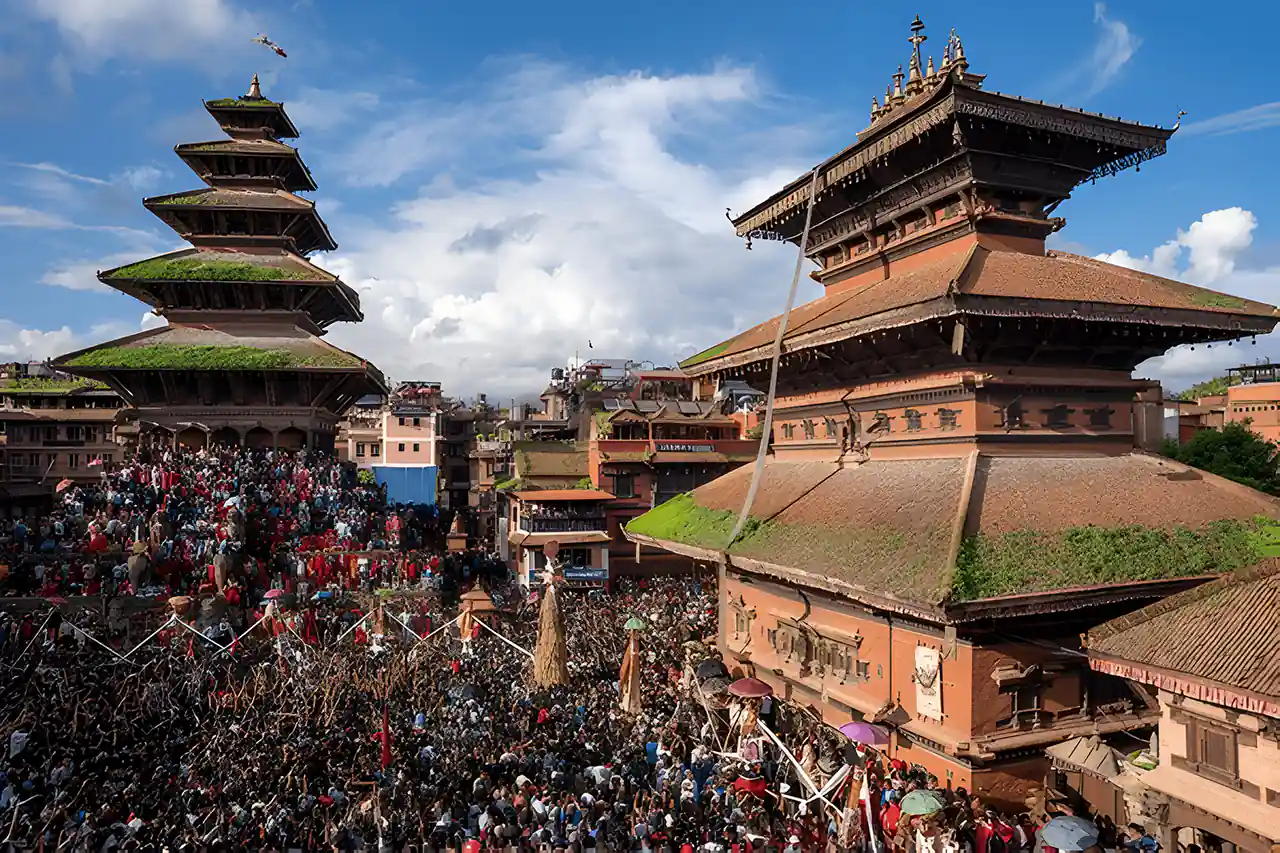
Cultural and Ritual Practices of Gai Jatra: Honoring the Departed with Tradition and Humor
An integral part of Nepal’s cultural heritage, the Gai Jatra festival is a vibrant celebration where age-old traditions intertwine with unique expressions of reverence, remembrance, and social commentary.
The Sacred Cow Takes Center Stage
- Guiding Spirits: Central to the festivities is the procession of a cow, sometimes represented by a young boy adorned in a cow costume. This tradition reflects the Hindu belief that sacred cows guide departed souls to the afterlife.
- A Family’s Homage: Families who have experienced the loss of a loved one in the past year lead these processions, often adorning the cow with vibrant garlands and decorations. This act is a touching tribute, expressing their hopes for their loved one’s peaceful tour.
Costumes, Laughter, and Social Critique
- A Riot of Colors and Characters: The festival of Gai Jatra is a riot of colors and characters with captivating costumes and masks. Participants seize the occasion to dress, representing gods and goddesses, demons, or eminent personalities from society and politics.
- Laughter as a remedy: Unfortunately, this article touches on humor used as a tool to deal with grief. Street plays and skits are characterized by biting social criticism that mocks traditional societal structures, grabs political happenings, or even ridicules some individuals’ idiosyncrasies. Jovial mannerism is an alternative route through which personal blues can be channeled together with other people’s cries when mourning.
Beyond Remembrance: Acts of Compassion and Rituals
- Sharing and Caring: This festival also promotes compassion and generosity. Families often distribute food, money, and offerings to those in need, extending the festival’s spirit beyond personal remembrance.
- Prayers for Peaceful Souls: In addition to the lively processions, families also engage in specific rituals and prayers, seeking peace and well-being for their departed loved ones. These practices bring spiritual comfort and reinforce the belief in a continued existence beyond this life.
Community and Social Impact of Gai Jatra: Fostering Unity and Support
In the Kathmandu Valley, where society celebrates Gai Jatra with great zeal, it is a grand religious feast and a significant social event that unites the community. In this part of the paper, we will examine how the festival enhances social bonding by aiding communities, thus making it an essential date on Nepal’s cultural calendar.
Coming Together in Times of Joy and Sorrow
- Beyond Individual Grief: The festival goes beyond personal loss, creating a space where communities can collectively grieve and heal. People from all walks of life gather to pay their respects to those who have passed on, reminding everyone of our shared humanity.
- Nurturing Bonds: The festival acts like a thread that weaves families, neighbors, and communities closer together. By joining processions, sharing meals, and offering support, people reaffirm their deep connections to one another.
Everyone Plays a Part
- Shared Ownership: The festival invites active involvement from every community member. Whether you’re leading a procession, performing in a skit, or simply lending a helping hand, everyone contributes to the festival’s success.
- Preserving the Past: The festival provides a vital platform for passing down cultural knowledge and traditions through the generations. Young people learn the meaning behind the rituals, ensuring this unique heritage thrives.
A Positive Social Force
- Cultivating Empathy and Support: Gai Jatra fosters a deep empathy and understanding towards grieving people. It creates a safe and comforting space where people feel free to express their emotions and receive support from their community.
- Strengthening the Social Fabric: By actively participating in the festival’s rituals and traditions, people reinforce their shared identity and sense of belonging within the community. Strengthening bonds and connections within society contributes to its overall resilience.
Modern Celebrations of Gai Jatra: Tradition Meets Contemporary Issues
Kathmandu Valley is home to Gai Jatra, a very traditional festival. However, the festival has constantly changed to fit into the modern era. It used to be all about helping people who had lost someone dear, but now it caters to all sorts of loss. In this sense, it has made room for political and socio-cultural commentaries on society today.
Satire and Social Commentary: A Modern Twist
- Tackling Today’s Issues: One of the most noticeable changes is how Gai Jatra’s traditional satire and comedy now tackle current social and political issues.
- Reflecting Society’s Concerns: Street performances and skits now often address topics like corruption, inequality, environmental challenges, and even the influence of technology. The festival becomes a powerful platform for social critique and open dialogue.
- Giving People a Voice: The festival creates a unique space where individuals and groups can express their opinions and concerns creatively and engagingly. Encouraging openness and inclusivity helps create a more inclusive society.
Embracing Technology
- Sharing the Celebration: The widespread use of social media and digital platforms has allowed for more incredible documentation and sharing of Gai Jatra festivities. This effort preserves traditions and introduces the festival to a global audience.
- Adding a Modern Flair: Some communities now incorporate video projections and digital art into their processions and performances, adding a fresh and modern dimension to traditional celebrations.
Navigating Challenges and Controversies: Gai Jatra in Modern Times
Gai Jatra represents a tremendous cultural and spiritual significance that has existed for centuries in Nepal. The evolving norms of society have played a significant role in various challenges and controversies facing the festival, intending to maintain its original meaning against all odds, including globalization. This paper explores such issues as how difficult it becomes to keep the festival’s originality amidst modernization.
The Commercial Influence on Gai Jatra
For instance, today’s businesses and media houses are more involved in sponsoring this festival than before. Hence, there are more advertisements during the celebrations. Moreover, this commercial attention increases the festival’s visibility but raises fears that it will overshadow its primary purpose.
In this sense, critics argue that when marketing or profit becomes paramount at such events, it becomes a spectator sport, often devoid of any meaning apart from honoring those who have passed away.
Upholding Traditional Values in a Modern Context
While modernization is taking a toll on Gai Jatra’s tradition, it has also sparked polarizing debates. The festival, which used to be solely community-based and religious-based cultural practices, has now catapulted into spaces occupied by modern entertainment and technology.
Purest advocates of culture fear the loss of Gai Jatra’s authentic virtues with subsequent generations’ orientations in diverse ways. Therefore, society must reformulate this festival by adapting to today’s society while drawing inspiration from its past.
Personal Stories and Experiences: The Essence of Gai Jatra
Gai Jatra is cherished in Nepalese celebrants’ hearts and is rich in tradition and heartfelt emotion. This section uncovers personal anecdotes and testimonials from those participating in the festivities, revealing the deep emotional connections they forge through this cultural event. These personal accounts demonstrate the festival’s profound impact and animate the celebration’s vibrant cultural fabric.
Celebrating Loved Ones: A Family’s Homage
Sunita, a Kathmandu local and a decade-long participant in Gai Jatra, shares her family’s story. “For us, Gai Jatra transcends mere celebration; it’s a day to honor my grandfather. We celebrate his life and cherish the happiness he brought into our lives,” she states. Every year, her family leads a decorated cow through their local streets, an act that Sunita describes as deeply therapeutic and unifying for her family.
Finding Solace in Community: A Son’s Story
Rajesh reflects on the support he received during this festival following his father’s demise. “The first festival after losing my dad was incredibly tough. Yet, joining the procession and being surrounded by others in similar situations brought me a profound sense of connection,” he remarks. Rajesh highlights how the communal support during the festival provided him solace during a pivotal moment of grief.
Laughter and Healing: The Role of Humor
Anil, a young performer, talks about the healing power of humor in Gai Jatra. “We use comedy in our skits and dances to bring joy on a day otherwise shadowed by loss. It’s our therapeutic way to heal,” he comments. Anil is involved in performances that blend satire with entertainment, using humor to ease the communal mood and spark thoughtful dialogue.
Conclusion: The Enduring Cultural and Emotional Significance
Gai Jatra, deeply embedded in Nepal’s traditions, particularly within the Kathmandu Valley, occupies a crucial place in the nation’s cultural and emotional spectrum. This festival goes beyond commemorating the deceased; it celebrates life and reinforces community bonds, underscoring its lasting relevance in Nepalese society.
The Cultural Significance of Gai Jatra
Collective grief and joy are expressed through Gai Jatra, mirroring the overall Nepalese cultural attitude towards life and death. This festival merges solemn remembrance with lively celebrations, helping reinforce social ties while offering solace to those who mourn their loved ones. Such emotional balance becomes vital in a society that values communal relations and shared life experiences.
The Contemporary Role of Gai Jatra in Nepal
As for now, Gai Jatra is significant in Nepal. It is a mirror to society where people can present their views about various social, political, and cultural issues through satire and humor. By doing so, this festival entertains and initiates serious discussions, which makes Gai Jatra relevant in contemporary Nepal.
